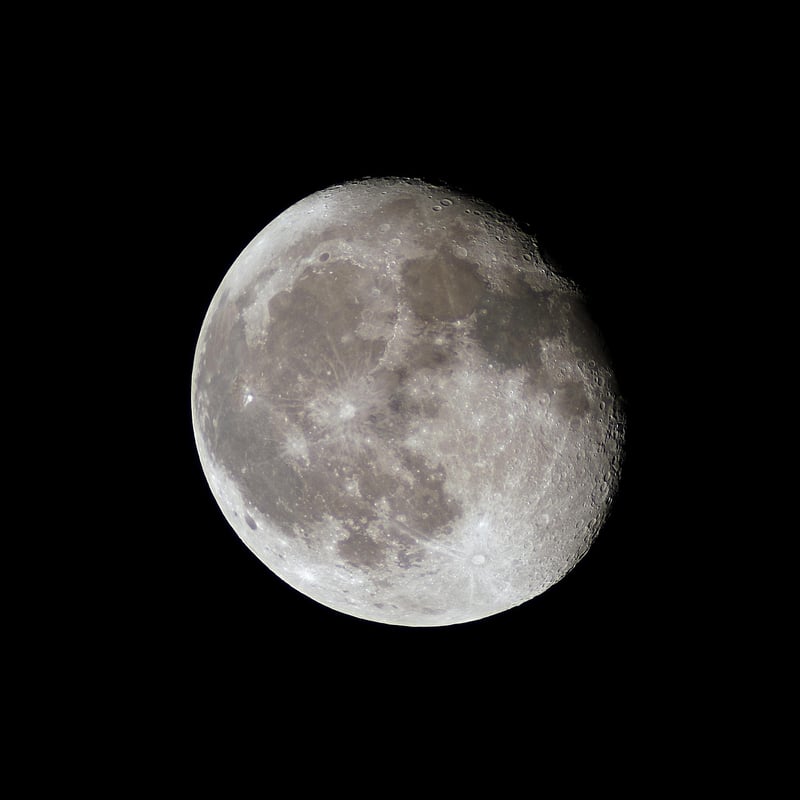Space Tourism
Exploring Earth's Natural Satellite: The Moon

As Earth's only natural satellite, the Moon has captivated human imagination for centuries. Its serene beauty and mysterious allure continue to inspire scientists, space enthusiasts, and dreamers alike.
Unveiling the Moon's Mysteries
Despite being our closest cosmic neighbor, the Moon still holds numerous secrets waiting to be uncovered. From its craters and mountains to its icy polar regions, each lunar feature tells a tale of the Moon's tumultuous past.
Lunar Exploration Missions
Over the years, several space agencies, including NASA and ESA, have sent missions to explore the Moon. From the iconic Apollo landings to modern robotic missions, scientists have gathered valuable data about the Moon's composition, geology, and potential resources.
Space Tourism: A Glimpse into the Future
With advancements in space technology and growing interest in space tourism, the possibility of visiting the Moon is no longer confined to science fiction. Companies like SpaceX and Blue Origin are actively working on making commercial lunar travel a reality.
Experiencing Lunar Landscapes
Imagine gazing upon Earth from the lunar surface, feeling the vastness of space and the tranquility of the Moon's desolate landscapes. Space tourists of the future may have the chance to walk on the Moon and witness Earthrise firsthand.
Challenges and Opportunities
While space tourism offers exciting prospects for adventure-seekers, it also poses significant challenges, including safety concerns, environmental impacts, and ethical considerations. Balancing these factors will be crucial in shaping the future of lunar tourism.
Conclusion
Exploring Earth's natural satellite, the Moon, and venturing into the realm of space tourism represent the next frontier of human exploration. As we continue to push the boundaries of space travel, the wonders of the cosmos await those willing to embark on this extraordinary journey.
